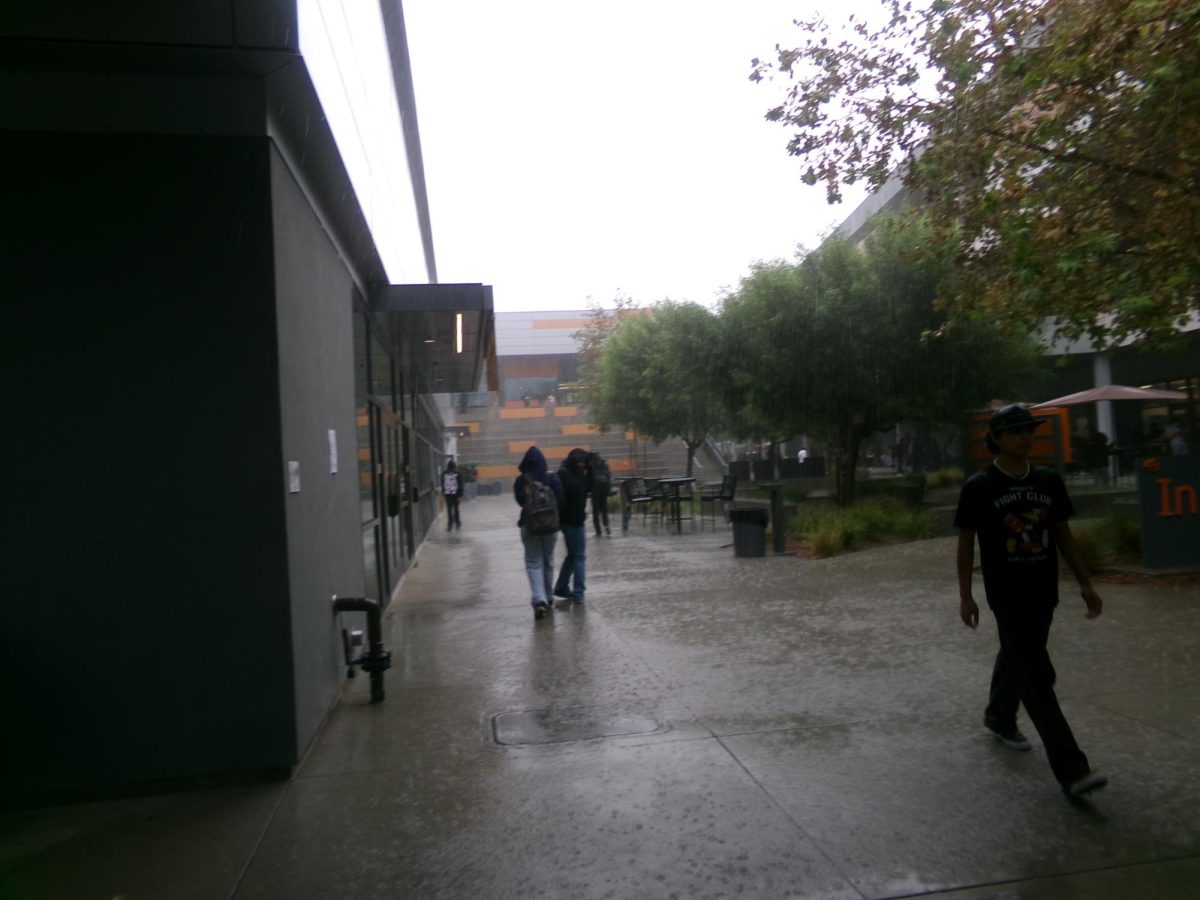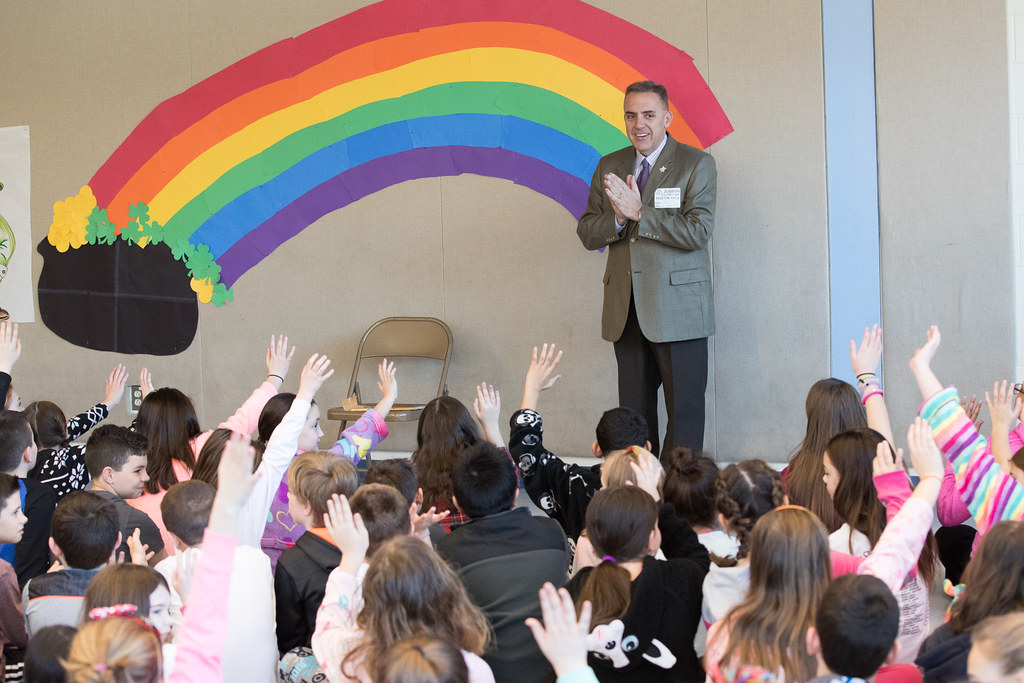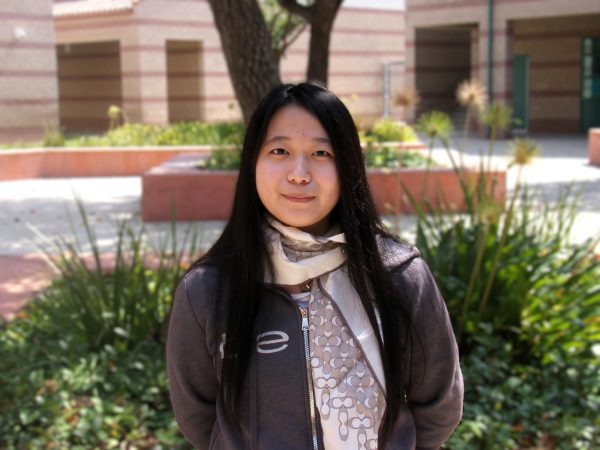Ruby Reynolds, an 11-year-old girl has discovered a fossil that belonged to a reptile that existed during the age of dinosaurs, scientifically known as the Ichthyosaur. This discovery marks the second known documented fossil to belong to this creature.
In May 2020, she and her father, Justin Reynold were searching for fossils along Somerset beach when she spotted something unusual. With the help of experts, the fossils Ruby discovered reveal the jawbone of a giant Ichthyosaur that roamed the oceans 202 million years ago. This marine reptile rivaled the current largest sea creature, the Blue Whale. The size of this reptile was roughly two and a half school buses in length. Scientists say that may make it the largest known marine reptile to ever live on Earth.
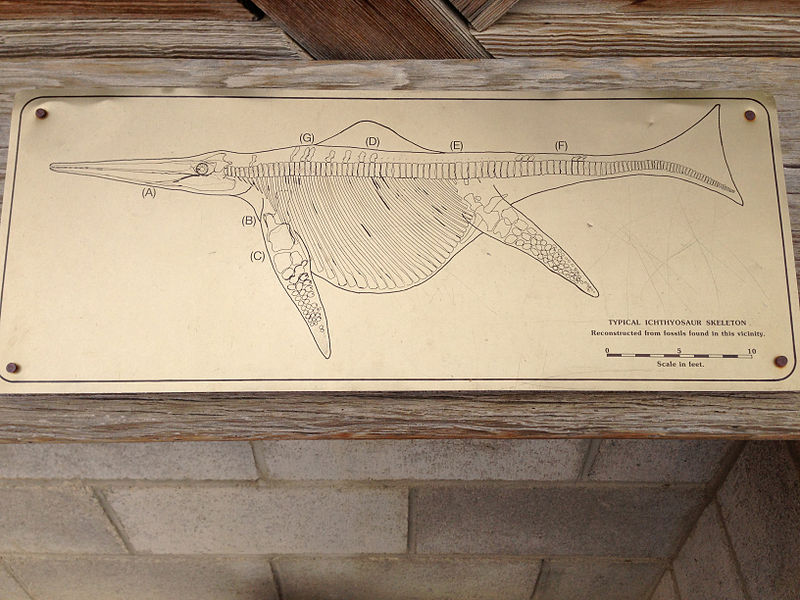
The discovery has led some to compare her finding to Mary Anning, a 19th-century British fossil hunter and anatomist. Anning, at the age of 12 also found fossils belonging to the same creature.
In an article published under CBC KIDS’ NEWS by Taylor Katzel, Ruby Reynolds is quoted as telling Reuters, “I think Mary Anning was an incredible paleontologist and it’s amazing to be compared to her.”
Soon after discovering the recent fossil, the Reynolds were quick to contact multiple researchers including Dean Lomax of the University of Bristol, Marcello Perillo of the University of Bonn in Germany, and Paul de la Salle, an avid fossil collector. Together the team deduced that the bone had to be part of the Ichthyosaur’s jaw by looking into the collagen fibers. However, the researchers concluded that despite the fossil’s large size, the creature most likely didn’t finish growing it out before it died. The group also estimated that the reptile was around 82 feet long and lived right before the mass extinction.
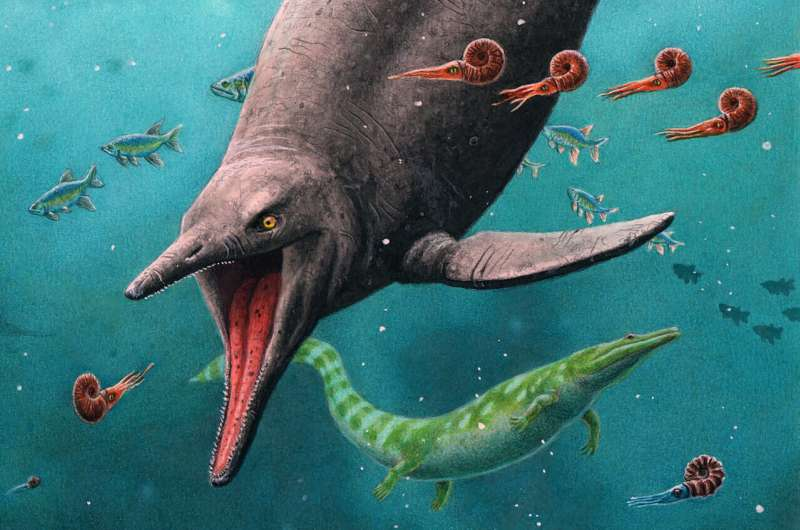
Jimmy Waldron, Florida-based paleontologist and study co-author stated, “Discoveries like this create incredible moments where we become humbled at our size and place in the world.”
He adds, “To learn that an animal of this magnitude once swam our oceans, felt the same warmth of the sun and breathed our air, and then vanished, gives us an opportunity to see how important each species is to the fragile-yet-resilient fabric of life.”

